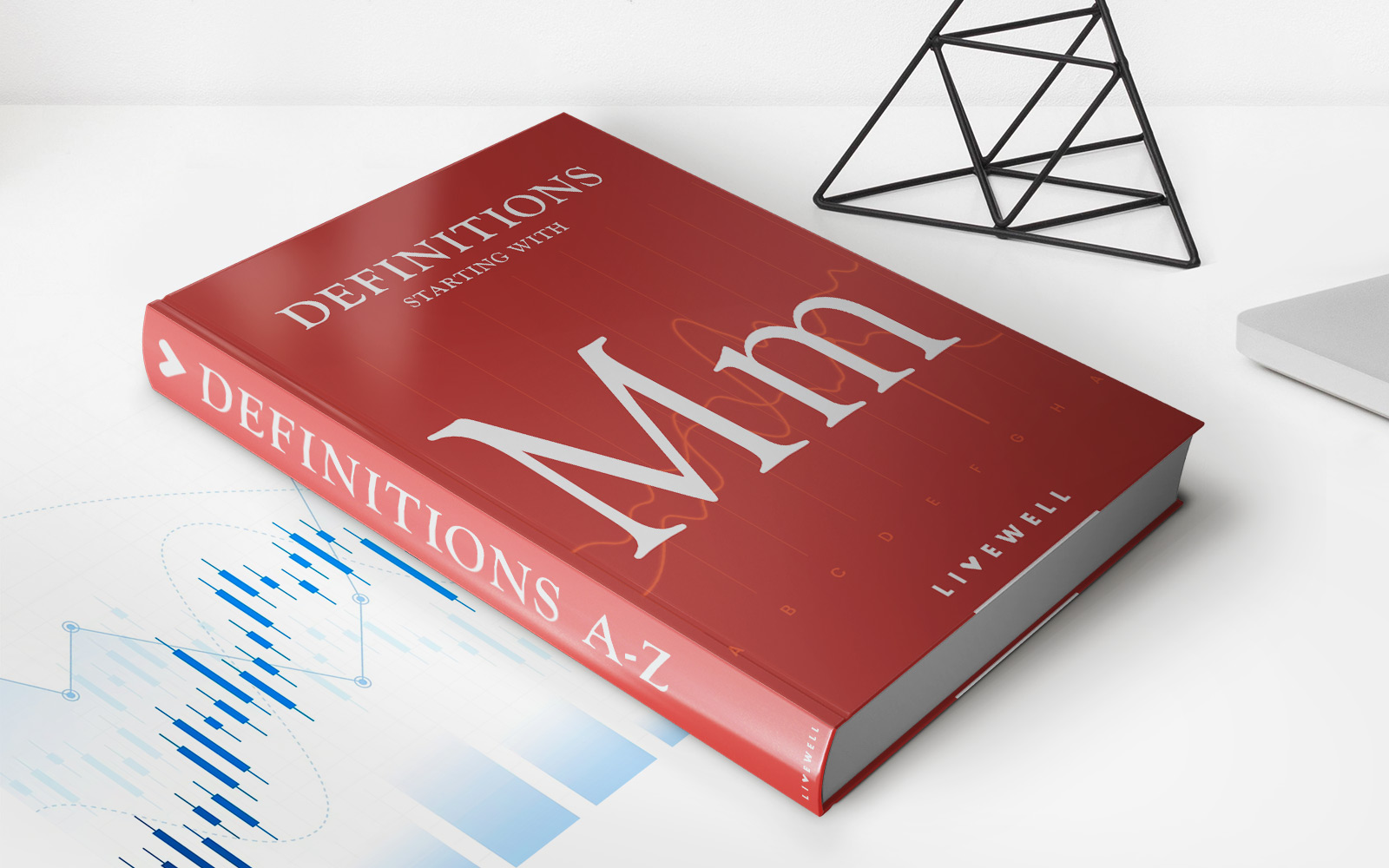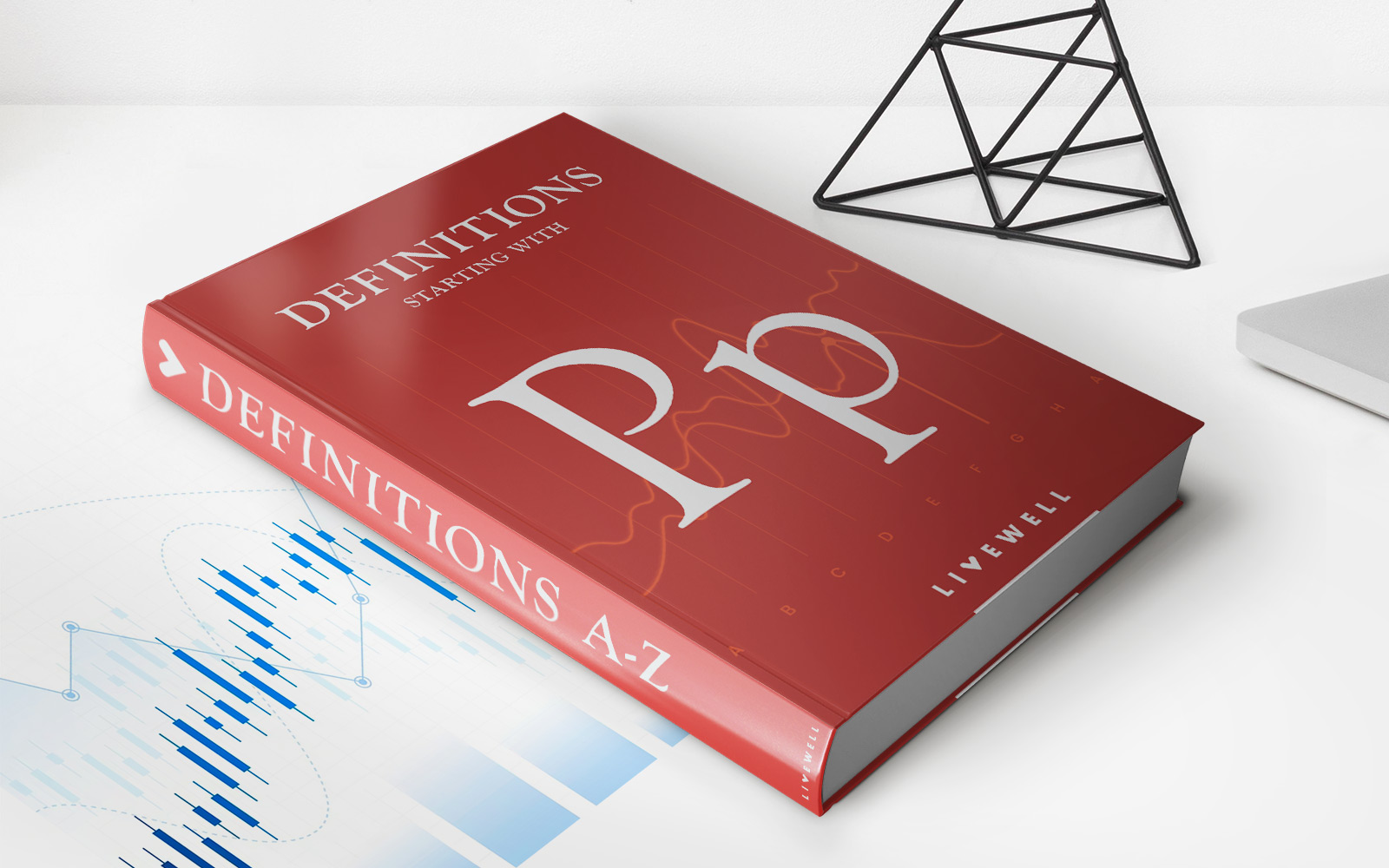Home>Finance>Mid-Cap: Definition, Other Sizes, Valuation Limits, And Example


Finance
Mid-Cap: Definition, Other Sizes, Valuation Limits, And Example
Published: December 25, 2023
Learn about the definition, valuation limits, and examples of mid-cap stocks in finance. Discover the various sizes and classifications within the market.
(Many of the links in this article redirect to a specific reviewed product. Your purchase of these products through affiliate links helps to generate commission for LiveWell, at no extra cost. Learn more)
The Ins and Outs of Mid-Cap Stocks: Definition, Other Sizes, Valuation Limits, and Examples
Are you curious about the world of finance and how different stocks are categorized? If so, you’ve come to the right place! In this blog post, we’re going to dive into the fascinating world of mid-cap stocks. We’ll define what mid-cap stocks are, explore their relation to other stock sizes, discuss valuation limits, and provide you with an example to bring it all to life.
Key Takeaways:
- Mid-cap stocks are companies with a market capitalization (market cap) between $2 billion and $10 billion.
- These stocks offer a balance between growth potential and stability, making them an attractive option for investors.
What is a Mid-Cap Stock?
In the finance world, stocks are categorized into different sizes based on their market capitalization. Market cap is simply the total value of a company’s outstanding shares of stock. Mid-cap stocks, as the name suggests, fall in the middle of the spectrum between small-cap and large-cap stocks.
While there is no universal definition, mid-cap stocks typically have a market capitalization ranging from $2 billion to $10 billion. They can be found across various industries and sectors, offering investors a diverse range of opportunities to choose from.
Other Stock Sizes and Their Differences
To better understand mid-cap stocks, let’s take a quick look at the other stock sizes. Small-cap stocks have a market capitalization below $2 billion and are often considered riskier but with higher growth potential. On the other end of the spectrum, large-cap stocks have a market capitalization above $10 billion and are generally well-established companies with slower but more stable growth.
Mid-cap stocks occupy a unique position, offering investors a balance between growth potential and stability. They are often seen as a sweet spot for investors looking to diversify their portfolio and seek out companies with room for growth but with some level of stability already in place.
Valuation Limits for Mid-Cap Stocks
While the market capitalization range helps define mid-cap stocks, it’s important to note that valuation limits are not set in stone. Market dynamics and fluctuations can cause companies to move between different size categories over time. A company that was once considered mid-cap may grow into a large-cap stock, and vice versa.
Valuation limits also vary slightly depending on the financial institution or indexing provider. It’s essential for investors to stay informed about market changes and monitor the size classifications of the stocks they are interested in.
An Example of a Mid-Cap Stock: XYZ Corporation
To illustrate a mid-cap stock, let’s consider the fictional XYZ Corporation. XYZ Corp operates in the software industry and boasts a market capitalization of $7 billion. While not as well-established as some of its larger competitors, XYZ Corp has shown steady growth over the past few years, making it an attractive investment for many.
Investors interested in XYZ Corp may see it as a potential growth opportunity with room for further expansion. However, they may also appreciate its stability compared to smaller companies in the software industry. This balance of growth and stability is what makes mid-cap stocks like XYZ Corp appealing to investors.
Wrapping Up
In conclusion, mid-cap stocks sit comfortably between small-cap and large-cap stocks, offering investors a balance of growth potential and stability. With a market capitalization typically ranging from $2 billion to $10 billion, these stocks are an attractive option for those looking to diversify their portfolio.
Remember, market dynamics can cause companies to move between different size categories over time, so staying informed and monitoring changes is crucial. Whether you’re an experienced investor or just starting, mid-cap stocks like XYZ Corp can be a rewarding addition to your investment strategy.
So, why not explore the world of mid-cap stocks and see what opportunities await you in the world of finance!














